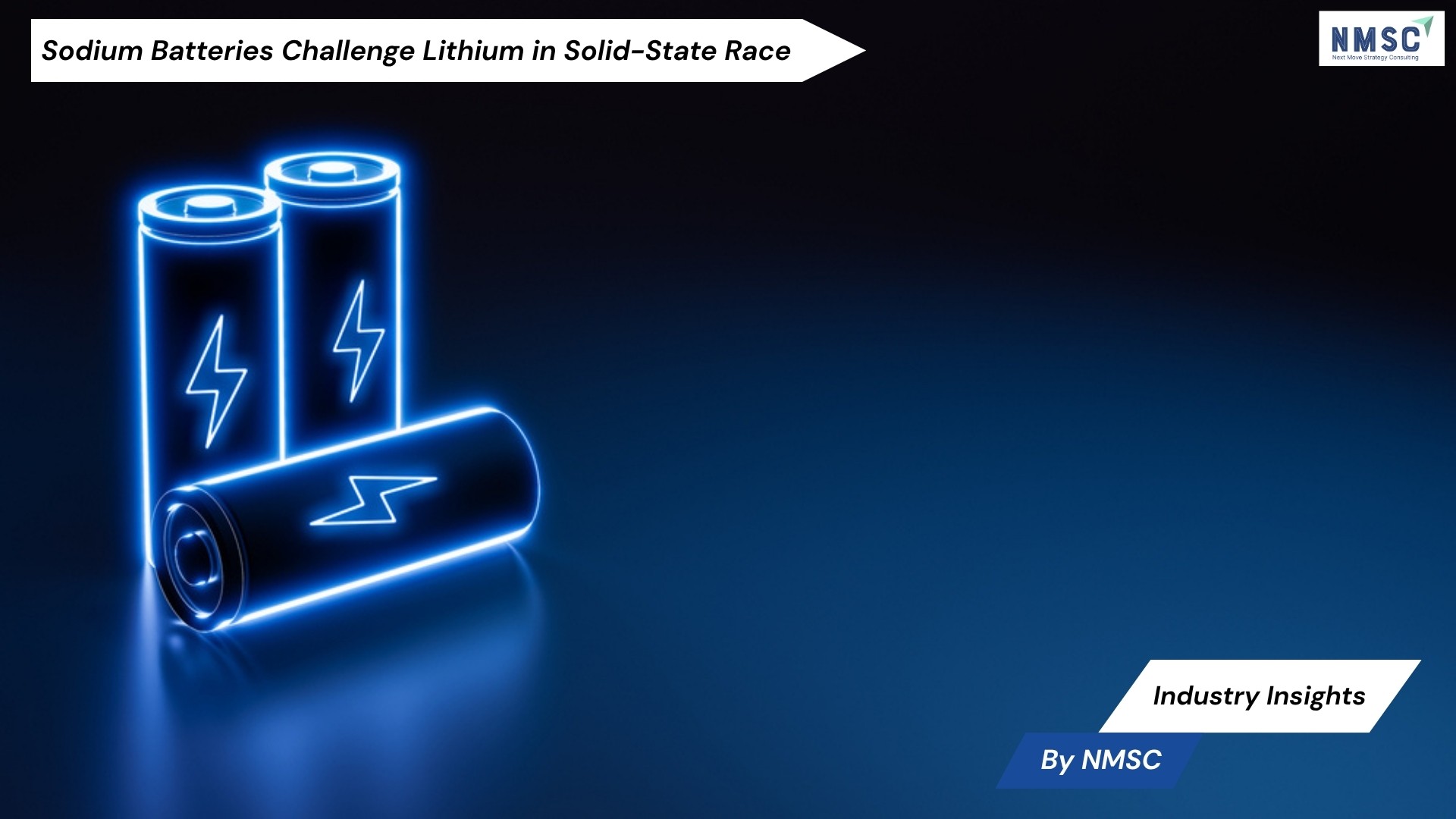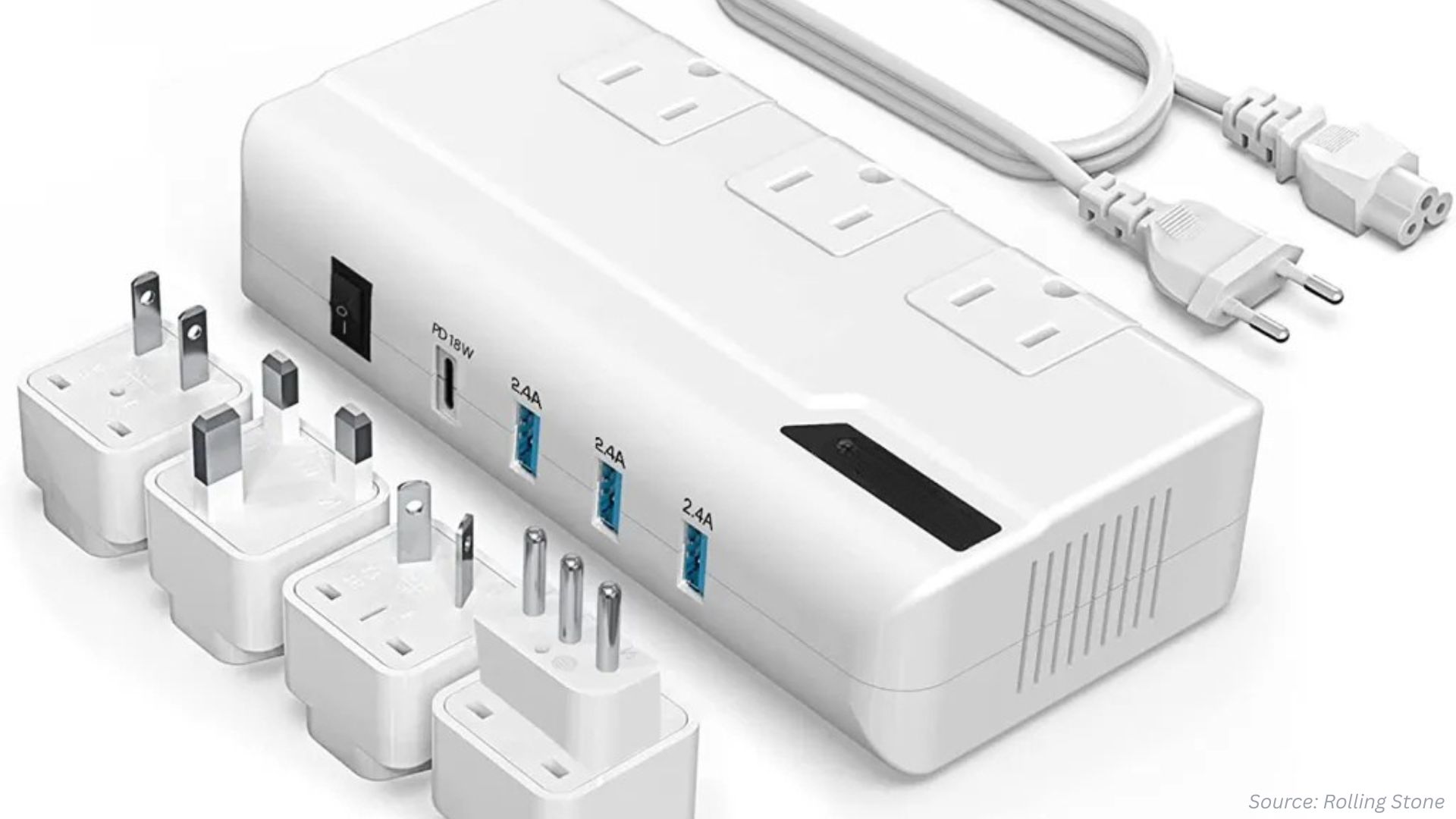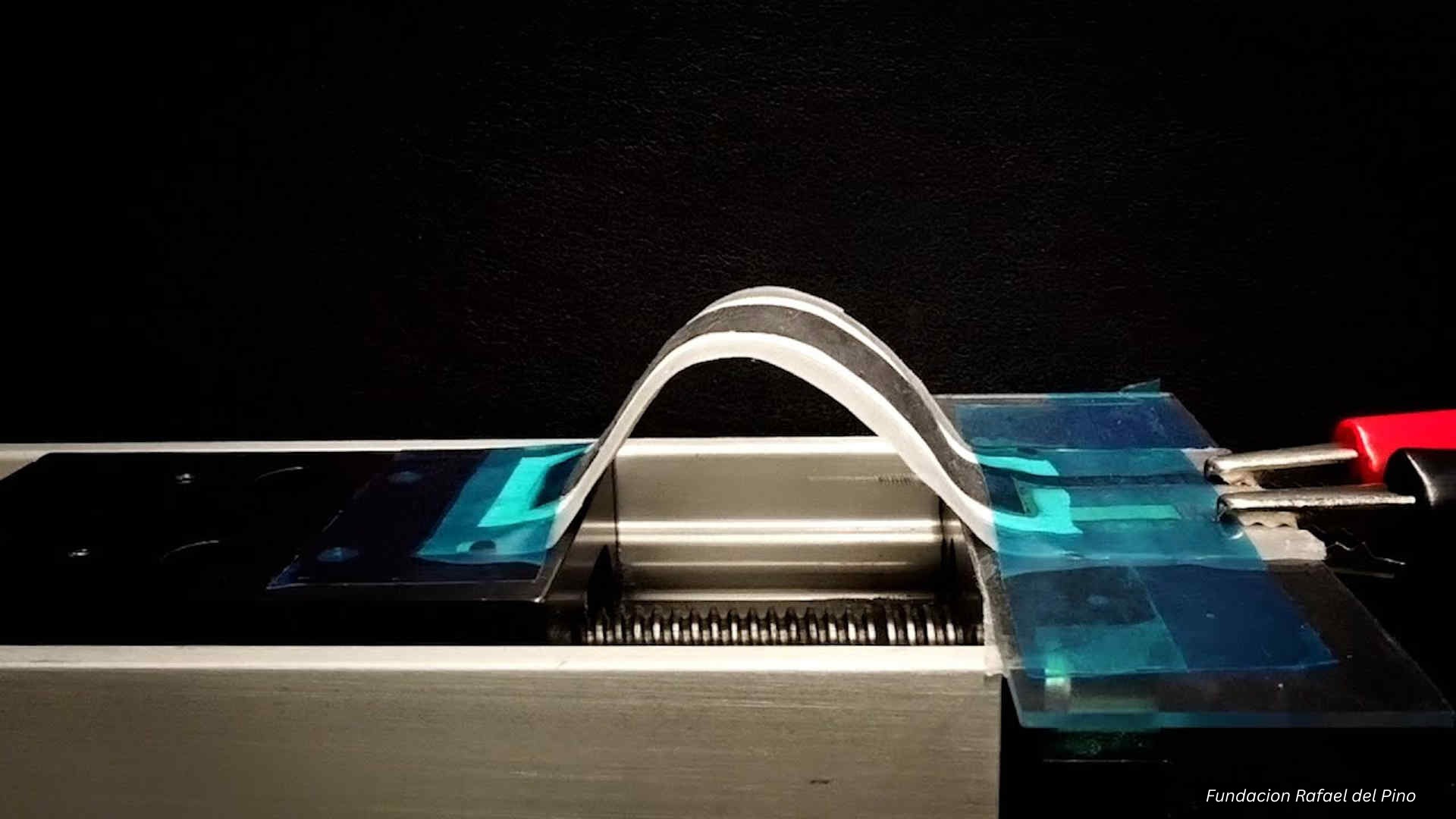Sodium Batteries Challenge Lithium in Solid-State Race
Published: 2025-10-20

Industry Insights from Next Move Strategy Consulting
As demand for safer, cleaner, and more sustainable energy storage intensifies, scientists at the University of Chicago have made a major leap that could reshape the foundation of the lithium-ion battery market. In a study published in Joule, researchers unveiled a sodium-based all-solid-state battery that delivers lithium-level performance—while remaining significantly cheaper and environmentally friendlier to produce.
A New Era in Solid-State Energy Storage
All-solid-state batteries are recognized for their ability to power electric vehicles, consumer electronics, and renewable energy grids with improved safety and higher energy density. Yet, their core material—lithium—remains costly and geographically constrained, often linked to environmentally damaging extraction practices. Sodium, in contrast, is abundant, low-cost, and easier to obtain, but has historically struggled to match lithium’s performance at moderate temperatures.
The new breakthrough, achieved by stabilizing a high-performance sodium hydridoborate structure, overcomes this barrier. The material exhibits ionic conductivity several orders of magnitude higher than previously reported, enabling sodium batteries to operate reliably from room temperature down to freezing conditions.
“This discovery gets us closer to the ultimate goal of a dual-chemistry gigafactory capable of producing both lithium and sodium batteries,” said Y. Shirley Meng, Liew Family Professor in Molecular Engineering at the UChicago Pritzker School of Molecular Engineering.
Turning Established Techniques into Scalable Innovation
According to Sam Oh, first author of the study and researcher at the A*STAR Institute of Materials Research and Engineering in Singapore, the team’s success hinged on repurposing an established crystallization technique to stabilize the sodium compound. By heating a metastable form of sodium hydridoborate and rapidly cooling it to preserve its structure, they achieved unprecedented ionic performance.
“Since this technique is already well-known in materials science, scaling it up for industrial production will be much easier,” Oh explained. “Industry acceptance often depends on how seamlessly a new material can fit into existing processes.”
This scalability is complemented by a cathode innovation that increases energy density. By pairing the metastable sodium electrolyte with a chloride-coated O3-type cathode, researchers created thicker cathodes that reduce inactive material while boosting the battery’s overall energy capacity.
Beyond Cost: Toward Greener Energy
The implications of this advancement stretch beyond cost reduction. With lithium scarcity and environmental degradation increasingly shaping global energy policies, sodium batteries represent a promising pivot toward greener, circular energy ecosystems.
“The thicker cathode means higher energy per unit area,” Oh added. “That’s key for developing batteries that are both powerful and practical for real-world use.”
Next Move Strategy Consulting’s View
According to Next Move Strategy Consulting, this development marks a critical inflection point for the global lithium-ion battery industry. As sodium-based solid-state technology gains traction, the competitive dynamics of energy storage could shift from a lithium-dominated landscape to a diversified materials ecosystem.
Analysts note that lithium-ion batteries will continue to dominate in high-performance applications in the short term, particularly in electric mobility and consumer electronics. However, sodium’s scalability, safety, and sustainability advantages could redefine market segmentation in the medium to long term—especially for grid storage and cost-sensitive applications.
Furthermore, the firm highlights that advances like the sodium hydridoborate structure will likely accelerate cross-material research and hybrid production models, where manufacturers produce both lithium- and sodium-based products within the same facility. Such dual production capabilities could mitigate supply chain risks, reduce raw material dependency, and enhance energy security for nations investing in renewable transitions.
A Greener, More Accessible Energy Future
The University of Chicago team’s achievement signals a pivotal step toward a cleaner and more equitable energy future. As industries seek scalable and environmentally responsible alternatives to lithium, sodium solid-state batteries may emerge not merely as competitors—but as essential collaborators in advancing global energy resilience.
With continued innovation and strategic investment, the line between lithium and sodium technologies could blur, ushering in an era where sustainable, affordable, and high-performance energy storage becomes the global standard.
Source: sciencedaily
Prepared by: Next Move Strategy Consulting
About the Author
 Tania Dey is a highly experienced Content Writer and a passionate SEO Executive with a specialized focus on digital transformation, technology trends, and industry-focused insights. She has honed her expertise in creating compelling, data-driven content that not only enhances online visibility but also aligns with the ever-evolving demands of modern business landscapes. Her work spans a diverse range of industries, including technology, and digital services, enabling organizations to communicate their vision and value propositions effectively to both niches.
Tania Dey is a highly experienced Content Writer and a passionate SEO Executive with a specialized focus on digital transformation, technology trends, and industry-focused insights. She has honed her expertise in creating compelling, data-driven content that not only enhances online visibility but also aligns with the ever-evolving demands of modern business landscapes. Her work spans a diverse range of industries, including technology, and digital services, enabling organizations to communicate their vision and value propositions effectively to both niches.
About the Reviewer
 Sanyukta Deb is an accomplished Content Writer and Digital Marketing Strategist with extensive expertise in content strategy, SEO, and audience engagement. She specializes in building strong brand visibility through data-driven campaigns and impactful, value-added researched content. With a passion for creativity and innovation, she blends strategic thinking with design and communication to craft meaningful digital experiences. Over the years, she has contributed cross-functional marketing projects, driving measurable impact and audience engagement.
Sanyukta Deb is an accomplished Content Writer and Digital Marketing Strategist with extensive expertise in content strategy, SEO, and audience engagement. She specializes in building strong brand visibility through data-driven campaigns and impactful, value-added researched content. With a passion for creativity and innovation, she blends strategic thinking with design and communication to craft meaningful digital experiences. Over the years, she has contributed cross-functional marketing projects, driving measurable impact and audience engagement.
















Add Comment